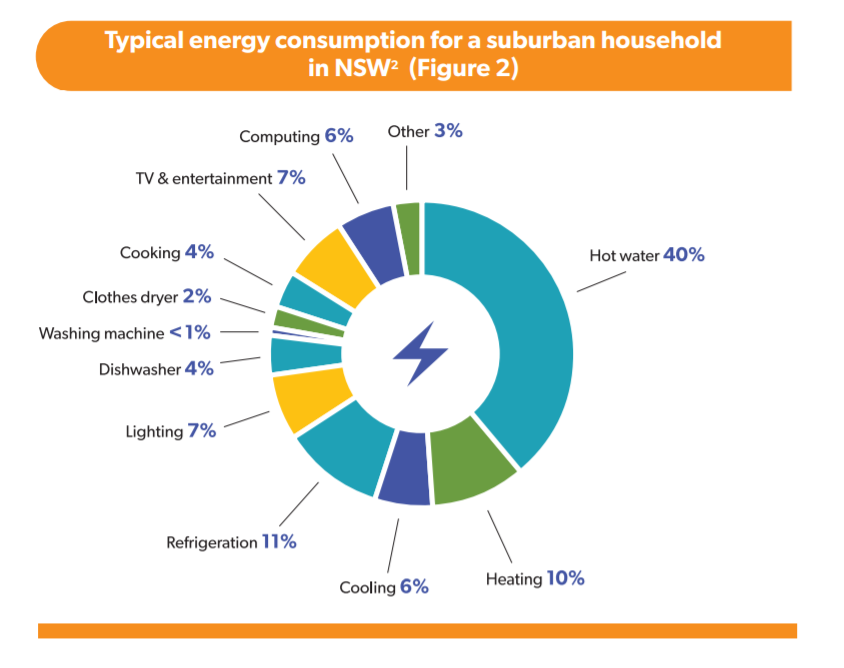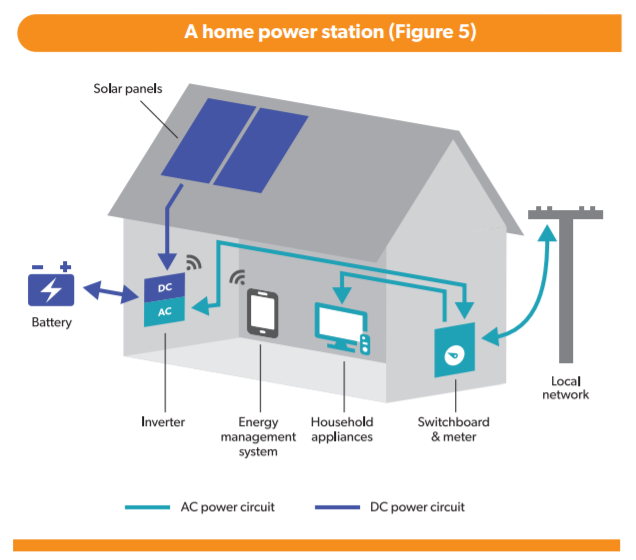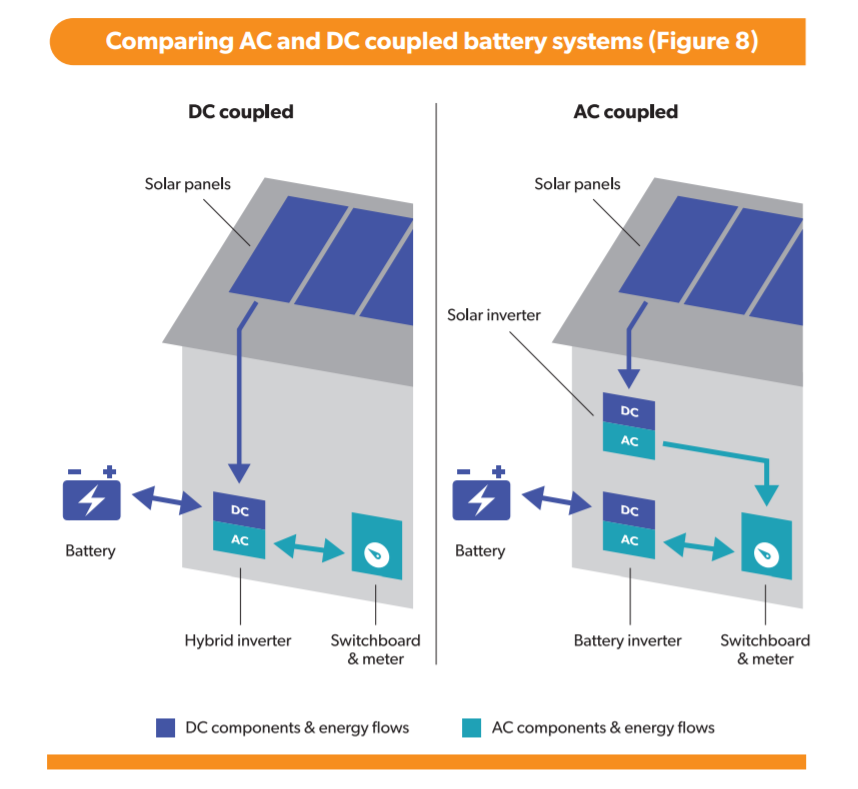Earlier this year the New South Wales Department of Planning and Environment commissioned Total Environment Centre, Alternative Technology Association and Zumio to produce a guidebook for state residents interested in battery storage for their home. The end product – the NSW Home Solar Battery Guide – was released earlier this month and is an essential resource for anyone considering batteries, regardless of whether they live in NSW or not.
 The guide brings together knowledge and insights from around the web to deliver a comprehensive view of the state of affairs for the home battery storage market from all the relevant perspectives – including economics, energy independence and environment. The guide is downloadable in an image-rich PDF format that distils a mountain of information, research and insights into an easily-digestible 64 pages (readable in about 20-30 minutes).
The guide brings together knowledge and insights from around the web to deliver a comprehensive view of the state of affairs for the home battery storage market from all the relevant perspectives – including economics, energy independence and environment. The guide is downloadable in an image-rich PDF format that distils a mountain of information, research and insights into an easily-digestible 64 pages (readable in about 20-30 minutes).
Compare Solar & Battery Quotes
 Perhaps the most important and relevant questions it helps to answer, however, is whether batteries are worth the investment in 2019 – and what the outlook will be in several years’ time when prices come down (as they are widely expected to do).
Perhaps the most important and relevant questions it helps to answer, however, is whether batteries are worth the investment in 2019 – and what the outlook will be in several years’ time when prices come down (as they are widely expected to do).
The guide does a great job of pointing out all the ifs, buts and whens of investing in battery storage – which are much more complex than those of solar PV on its own. While solar is already a commonsense investment option in Australia, the economics of batteries are highly dependent on your situation.
Some key takeaways from the guide:
- A new solar plus battery storage system will generally pay for itself within about 10 years – the typical warranty period for most lithium battery products on the market.
- Batteries can offer non-financial benefits such as providing backup power when the grid is down and supporting the grid as a while
- Going off grid doesn’t make much financial sense for most households
It also offers some practical tips & tools for making a decision about battery storage, including:
 A general rundown on how electricity bills, solar panels and batteries work
A general rundown on how electricity bills, solar panels and batteries work- A rough guide to determining how much battery storage capacity you need
- Lots of practical examples & case studies throughout
- Overview of alternatives to battery storage that – while less versatile – may be significantly more cost-effective and result in considerable reductions to your power bill
- Different configuration options for home battery storage systems
- Concrete advice about how to evaluate battery storage system quotes and choose a product/installer
- A handy, back-of-envelope calculator for working out battery payback periods
Check out the NSW Solar Battery Guide
Elaborating on battery retrofit payback periods

There is only one thing in the guide that we found could bear a bit more discussion, and that is the case of retrofitting batteries to existing solar systems. Specifically, the guide says that batteries retrofitted to an existing solar installation will have a payback period well over 10 years (although it also notes that this will improve in the near future).
In our research, however, we’ve found that the payback period for a battery retrofit will depend on the circumstances of the retrofit. If you’re simply tacking on a battery storage system (with a new, separate inverter of its own), then the price is likely to be higher and payback periods longer.
However, if you’ve got an older solar system, it’s likely to be on the small side by today’s standards (1.5kW – 2kW) – and the first thing you’ll want to do (long before batteries) is expand its capacity by adding more panels. When you do this, you’ll have the option to either put on a brand new, second inverter or replace the existing one.
If you’re going to replace the existing inverter anyway, you may as well pay a bit more to get a larger one that is also battery-ready (n.b. you may also have to pay a bit to have your old system brought up to current standards). By going with a hybrid inverter, you avoid the need to purchase a second inverter and most of the money you’ll spend on it would have been spent on replacing your inverter regardless. Once you’ve got this setup in place, it’s easy relatively easy to add on a battery bank (with LG Chem being one of the most viable options for this sort of application).
This situation applies to well over 100,000 households around the country who went solar several years ago when systems were expensive and incentives (particularly feed-in tariffs) were high, which means that if you’ve already got solar it could well apply to you.
Further resources
Compare Solar & Battery Quotes
Check out our Solar Battery Sizing & Payback Estimator
Read some battery retrofit case studies for Sydney
Are solar batteries worth it in 2019?
- Solar Power Wagga Wagga, NSW – Compare outputs, returns and installers - 13 March, 2025
- Monocrystalline vs Polycrystalline Solar Panels: Busting Myths - 11 November, 2024
- Solar Hot Water System: Everything You Need to Know - 27 February, 2024